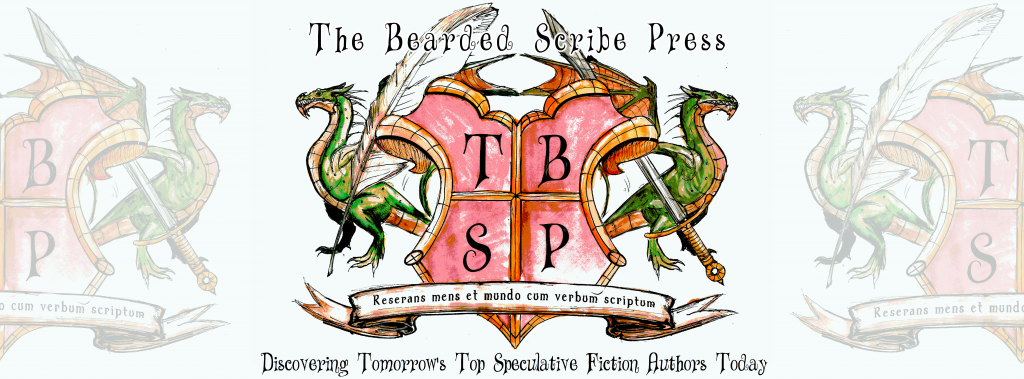Hello Beardies,
You’re familiar with the iceberg analogy: only a small fraction of the whole is visible on the surface. It applies to people, art, sports, nature, and it applies to world building. You, dear writer, should have, floating about in your brain, a berg-size mass of knowledge about the world in which your story takes place. This knowledge informs your writing and adds layers of richness to the story. Even so, only a small portion of that iceberg will surface in the story. And that means you have to make choices.
1. What will make the dramatic moments stronger?
2. What will build sympathy toward the main character?
World building can also be character building. As your reader gets a glimpse what kind of society your character deals with every day and what kind of sensibilities he or she was surrounded with during formative years, they will understand your character on a deeper level.
3. What will add to the mood?
What you choose to describe in your world building will have an effect on the mood of the story. In my revisions of Freakling, I wanted the mood in the city to be suspicious and untrusting, and I wanted to contrast that with the mood in the colony, which would be warm and accepting. I chose to include more of the superstitions connected with this culture. I added more information about the birth signs (similar to zodiac signs) to bring that aspect out. It became a way that people were judged and categorized unfairly, which added to the cold, guarded atmosphere of the city.

*** Lana Krumwiede is the author of Freakling, a middle-grade fantasy adventure from Candlewick Press. Find out more about Lana and her book on her website.
The best world building is the kind that does the heavy lifting. If you can identify the world building info that strengthens plot AND deepens character AND creates mood, that’s something you definitely want to include.
Here are a few more things to keep in mind as you choose which world building aspects to include in the story:
- Remember the Rule of Awesome. If you have come up with something mind-bogglingly awesome, it belongs in the story! This trumps all other rules and logic. A word of caution: The Rule of Awesome is a powerful thing. Misapplying it results in “jumping the shark.” (I learned this rule from the awesome Greg Leitich Smith.)
- Remember that as you choose which world building bits to include, you’re not entirely abandoning the others. They can be bonus material on your website someday. Your devoted readers will be thrilled to collect these little pleasure pebbles later on.
- Remember that your readers are part of the world building process. They will be creating this world in their minds as they read the book. That is, after all, how readers collaborate with writers in the experience known as Literature. Overbuilding your world by explaining every little thing (we’re talking about in the story, not in your notes) amounts to encroaching on the reader’s territory. By allowing the reader to fill in some of the details on their own, you are respecting that process. Think of a home builder who builds the house and makes the important choices, but allows the buyer to choose little things like paint colors, countertops, and light fixtures. The owners have played a role in creating their own house. As a world builder, you want that to happen. You need that to happen. And making it happen is all about those tough choices.

*** Lana Krumwiede is the author of Freakling, a middle-grade fantasy adventure from Candlewick Press. Find out more about Lana and her book on her website.


No comments:
Post a Comment